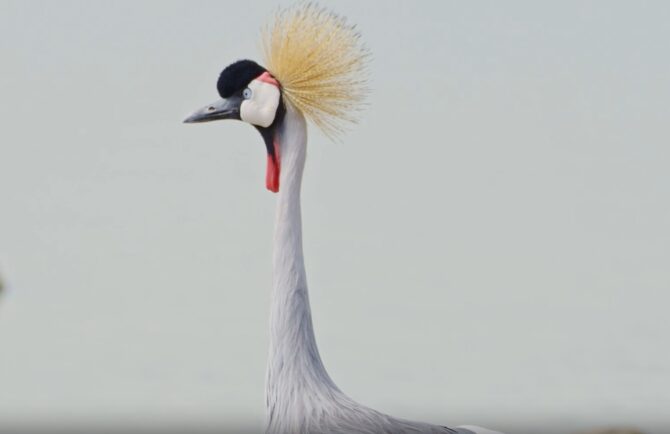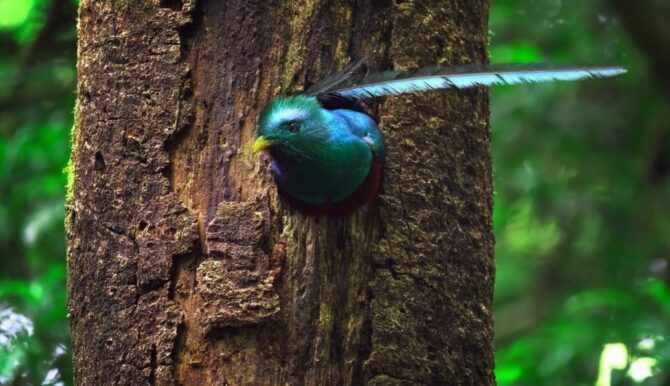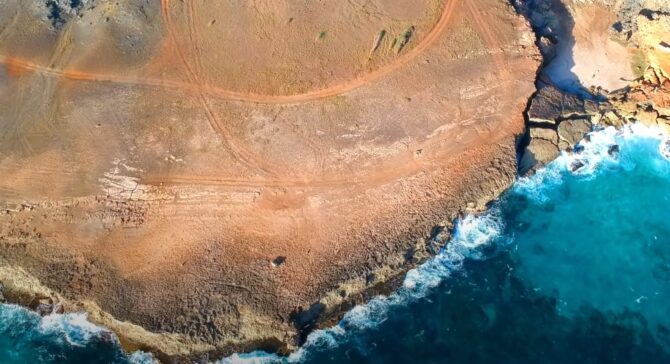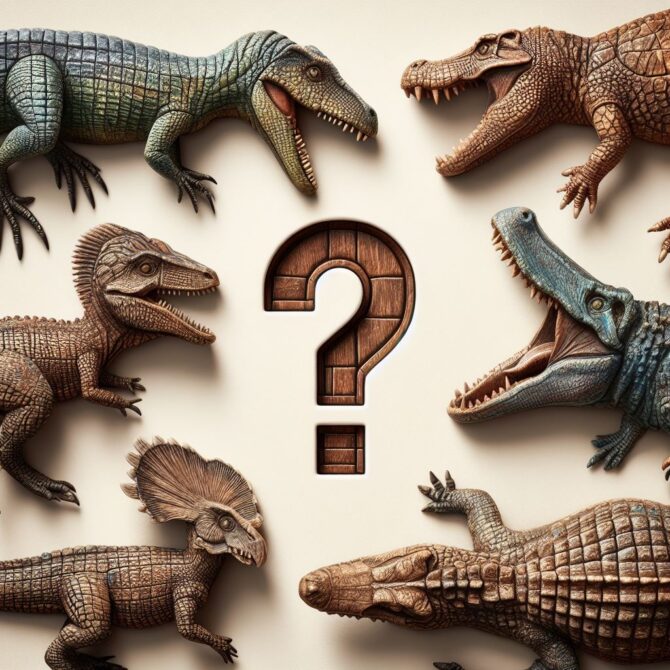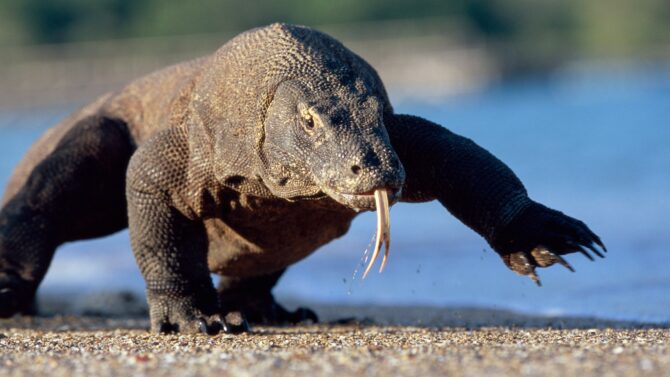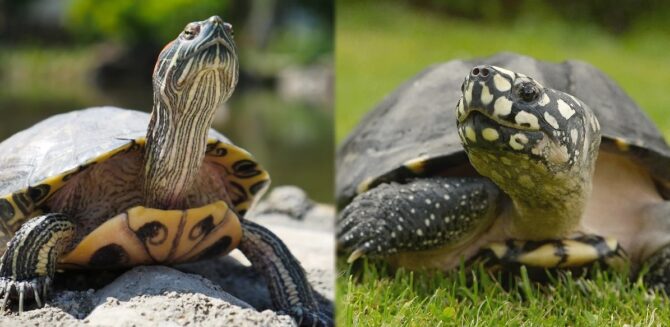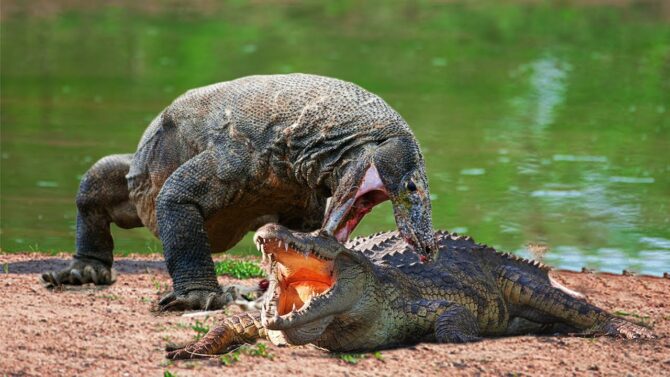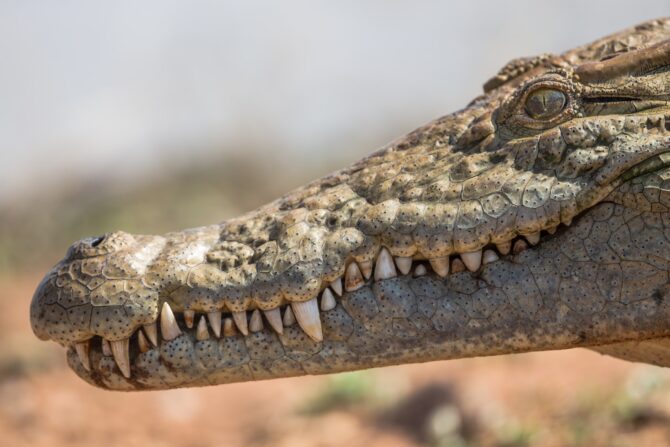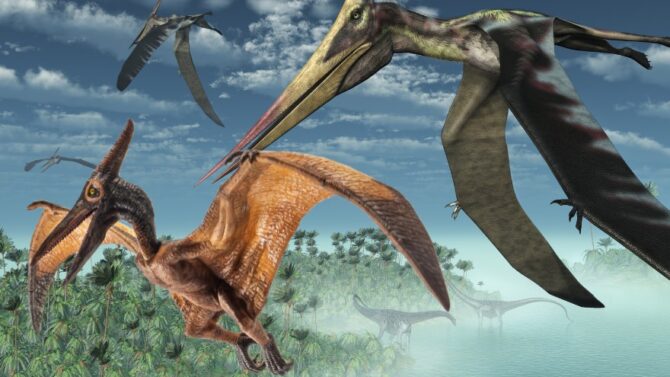Reptiles: Facts, Characteristics, Types & Pictures
Reptiles are members of the class Reptilia; these species are cold-blooded creatures with scaly or thin bony plated skins.
Snakes, lizards, and turtles are reptiles, but there is more to the class than a few species.
We will dissect every important detail of the Reptilia class and reveal complex but marveling details of this group.
Reptilian existence dates back between 320 million and 310 million years ago, evolving from advanced four-limbed vertebrates.
This class possesses adaptive features to survive terrestrially, with other distinctive features distinguishing them from amphibians and aves, which are tetrapods like reptiles.
The next few paragraphs discuss characteristics that will help you identify reptiles.
Interesting Facts About Reptiles
- Reptiles are one of the earth’s oldest animal classes, dating back between 320 million and 310 million years ago. In 2020, scientists discovered a 200-million-year-old reptile fossil in Alaska.
- While many reptile species prefer the tropics, the class has evolved for millions of years, developing physiological traits that help them adapt to various climates; little wonder you can find them on every continent except Antarctica.
- Reptiles can survive almost everywhere, so you can expect them to be abundant. There are over 8,000 extant reptile species.
- Many animals don’t live as long as humans; however, reptiles have a different story, with some becoming centenarians. The Giant Tortoise usually lives about 150 years, but the Guinness Book of World Records documented one approaching 200 years in 2019.
- The world’s largest extant reptile is the saltwater crocodile which grows up to seventeen feet and weighs about a thousand pounds.
- Tortoises have no teeth but horny mouths or beaks.
Characteristics of Reptiles
Like other classes in the animal kingdom, reptiles have typical characteristics crucial to grouping the breed and genus of its members.
Reproduction
Most reptiles reproduce sexually and practice internal fertilization.
However, species like the New Mexico Whiptail (Aspidoscelis neomexicana) are among the seventy vertebrate species that reproduce asexually.
Sexual-reproducing reptiles have body modifications that support copulation.
Therefore, the males have penises (common to alligators and crocodiles) or hemipenes (common to snakes and lizards), while the females have a cloaca, a posterior opening for digestive, urinary, and reproductive purposes to receive sperm and lay eggs.
Alligators and crocodiles are always ready, keeping their penises erect but tucked within their bodies.
However, snakes and lizards are characterized by a pair of two penises called hemipenes.
As though it is not bothered by insertion, the tuatara, a lizard look-alike, has no penises.
The male tuatara still fertilizes internally but performs the breeding ritual with its cloaca, mounting the cloaca opening on the female and transferring its sperm into the female’s cloaca.
Most replies lay eggs, but some, including vipers, garter snakes, boas, skinks, and the Jackson’s Chameleon, do not lay eggs.
Egg-laying reptiles lay their eggs in a simple nest; hatching occurs between days and months, depending on the species.
Most members’ eggs are soft and leathery, unlike birds’; nevertheless, minerals in the shells can boost hardness.
Remarkably, some species, including turtles and crocodiles, rely on soil temperature to determine their eggs’ sexes.
Cold-blooded Vertebrates
Reptiles are cold-blooded or ectothermic creatures, lacking internal physiological processes to regulate body temperature.
Therefore, this class’s members rely on their surrounding environment to regulate their body temperature.
Their never-ending struggle to keep warm and cool off prompts them to bask in the sun below the optimum temperature range and retreat to shades when they get too warm.
Relying on external heat sources for thermoregulation affects their immune system, metabolism, and activity.
Little wonder reptiles prefer the tropics and warm climates, and some lizard, snake, and turtle species hibernate in the winter.
Shedding
While birds molt their feathers and arthropods molt their cuticles, reptiles shed their skins as they grow.
Shedding occurs because they do not grow their skins, but other benefits are associated with the process.
Shedding aids skin and scales health maintenance, facilitates wound healing, and expels old parasites.
Some species, like geckos, may lose nutrients after shedding, but they tend to eat the sloughed skin to recover those minerals.
This process occurs differently depending on the species; most snakes slough their skins once while lizards shed in bits.
However, humidity is crucial to proper shedding, as some reptiles require a relative humidity greater than sixty percent, and even desert-inhabiting species use humid burrows to stay hydrated.
Sadly, shedding can go south if the animal is over-handled, malnourished, or bacterially infected.
Dryness of Skin
While reptiles and amphibians evolve from a common ancestor, one primary difference between both classes is the high adaptability to survive on land in reptiles.
These cold-blooded animals do not lose much water thanks to their skin’s physical properties.
Epidermal lipids reduce water loss in reptiles, playing a crucial role in water conservation and maintaining body system balance.
Therefore, reptiles, unlike fishes and amphibians, have a physiological modification that allows them to survive terrestrially, even in arid climates and habitats.
Reptiles’ dry, scaly skin prevents them from drying out, preserving moisture. Still, it protects them from injury and everyday wear.
Adaptation for Land and Water Survival
Some reptiles like crocodiles, alligators, sea snakes, and anole lizards live in the water even though they have lungs for respiration.
Remarkably, these air-breathing species can stay underwater for long periods.
The yellow-bellied sea snake spends its entire lifespan breathing air but can stay underwater for up to three and a half hours.
Saltwater crocodiles can also stay underwater for about an hour, even though it has lungs for air-breathing respiration.
The anole lizard has craftily modified its adaptation to survive underwater, trapping air inside a bubble on its snout to re-breathe oxygen and extend its underwater duration.
Adaptation to terrestrial and aquatic habitats is a shared trait with amphibians.
Amphibians are morphologically equipped to thrive in terrestrial and aquatic habitats, using gills for respiration early in life and primitive lungs in adult life.
However, reptiles have well-developed lungs to breathe air and can skillfully survive underwater for long periods.
Classification of Reptiles
The class Reptilia houses two extant subclasses:
- Anapsida
- Diapsida and two extinct subclasses
- Parapsida (extinct)
- Synapsida (extinct)
Parapsids have one temporal opening positioned high in the skull.
They developed adaptive features for aquatic life in different ways but had a generic skull organization.
Two orders, the Ichthyosaurs, and Plesiosaurs had one temporal opening but became extinct as the Cretaceous period ended, around 65.5 million years ago.
Synapsids also have one temporal opening, but you can find theirs on the lower end of the skull’s temporal region.
Dinosaurs replaced Synapsids in the Mesozoic era, but Synapsids remain credited with the evolution of mammals.
While they are extinct, they were successful and diverse for forty-eight million years during the permian period.
Anapsida
Anapsida is the most significant subclass preserving the character of early reptiles.
These reptiles are characterized by their dermal bones forming a complete roof over the skull, with no openings near the temples.
Two orders, Cotylosauria and Chelonia, are Anapsids.
While the former is extinct, the Chelonia is subdivided into two suborders — the Cryptodira (Hidden-neck Turtles) and the Pleurodira (Side-neck Turtles), classified according to how they retract their heads into their shells.
The Chelonia order consists of turtles, tortoises, and terrains with hard-shell coverings fused with the ribs and backbones.
Diapsida
As the name suggests, Diapsids have two temporal openings in the skull.
Diapsids are grouped into three orders Rhyncocephalia, Squamata, and Crocodilia.
This subclass is the most successful and diverse of all reptilian subclasses, housing some reptiles with one temporal opening (lizards), no temporal opening (snakes and turtles), or with a major skull reconstruction.
However, these species are grouped under the Diapsida subclass, thanks to their ancestry.
Even dinosaurs and pterosaurs that first roamed the earth about 300 million years ago, during the late carboniferous period, are Diapsids under the Archosauria group containing crocodiles.
The other group, Lepidosauria, contains snakes, sphenodon, and lizards.
Today, the subclass contains about 7,925 reptilian Diapsid species, including snakes, lizards, tuataras, and crocodiles.
The order Rhyncocephalia contains one surviving member, a lizard-resembling specie called the tuatara.
The tuatara is native to New Zealand, spending its daytime in burrows and feeding on insects and other invertebrates in the evenings.
The order Squamata contains various snake and lizard species in different habitats, while crocodiles, alligators, and caimans belong to the order Crocodilia.
Frequently Asked Questions
Can reptiles breathe underwater?
Reptiles do not have gills to help them respire underwater; they have lungs to breathe air. These species, like crocodiles and sea snakes that live in the water, constantly come to the water’s surface to breathe air.
The anole lizard traps air inside a bubble on its snout to re-breathe oxygen, extending its underwater duration, while others can stay for long periods underwater without breathing.
Are reptiles slimy?
While reptiles, particularly snakes, look slimy from a distance, they are dry. Members of the class Reptilia do not possess sweat glands but have dry, scaly skin that prevents them from drying out, preserving moisture and protecting them from injury and everyday wear.
How do reptiles differ from amphibians?
Like amphibians, reptiles are endothermic creatures and some stay in the water. However, both classes differ in adaptive features for different habitats, reproductive traits, and modifications to economize water usage.
Reptiles have lungs for air-breathing, fertilize internally, and have dry skins that play a crucial role in water conservation.
Wrap Up
The class Reptilia has a long history and is a diverse class, containing thousands of species.
It intrigues us to have these species with us, contributing to nature’s unbridled variety.
Sadly, various challenges, particularly climate change, pose a significant threat to this class’ survival.
Therefore, we should endeavor to support all conservation efforts, ensuring the continuity of all extant species in the Reptilia class and the animal kingdom on a larger scale.
